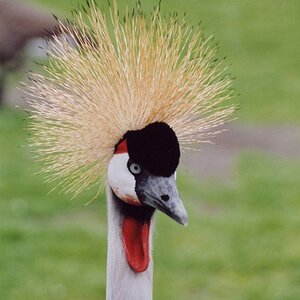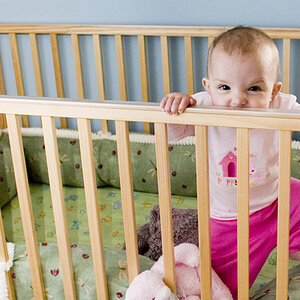gary_hendricks
TPF Noob!
One of the most important decisions to make in buying a digital camera is the number of megapixels supported. The number of megapixels determines the quality of your photos. Choose too few for your needs, and your images will suffer. Choose too many, and you might be spending more cash than necessary.
If you have unlimited funds, then, by all means go for that high end 8 megapixel camera. Otherwise, you certainly don't want to waste money on extra megapixels you don't need.
Always try to remember this golden rule: more megapixels isn't always better. If your camera supports more megapixels, then each image will be larger, which in turn means more expensive memory cards and more space used up on your computer's hard drive.
If you have trouble deciding how many megapixels you need (I know I did when I bought my first digital camera), then the guide below will help. Essentially, you need to ascertain what size prints you want to get and what your budget is, before deciding on how many megapixels you want. So here we go:
1 megapixel or less: At this resolution, you won't be able to make a high-quality print of your digital photos. You can, however, email the photos or post them on a personal web site. This number of megapixels is typically found on smaller, inexpensive cameras or cameras in combination with other devices (such as cell phones or PDAs ). I'd say you'd expect to pay $100 or less for the camera alone.
1.1 to 2 megapixels: I'd reckon you need at least a 2 megapixel camera to develop a 4x6 print of decent quality. However, I wouldn't recommend this number of megapixels if you want to take proper family portraits or if you really need a nice-looking print. Expect to pay about $100-150 for cameras in this range.
2.1 to 3 megapixels: Pretty good compromise between picture quality and low price for most casual photographers. With this number of megapixels, you can print lovely 4x6 images, decent 5x7s and, depending on the camera, might even get a good 6x9 print. You will pay around $150 to $250.
3.1 to 4 megapixels: At this resolution, digital images will make practically photo-lab quality 4x6s, and great 5x7s and 6x9s. You can even print 8x10 in some instances. Price range would hover between $250 to $350 for such cameras.
4.1 to 5 megapixels: If you want to capture images for 8x10 printouts, then you need this number of megapixels. Most professional photographers have at least 5 megapixel cameras, usually more. The quality is evident in the photos developed. Cameras in this megapixel range are around $350 to $450.
5 megapixels and up: These days, you can get 7 or even 8 megapixel cameras from the retail store. While they give wonderful image quality, their price tags will set your head spinning. In this megapixel category, expect to pay $450 and above for a camera.
Well, now you know roughly the number of megapixels you should be shooting for depending on your intended usage and budget for the camera. My general advice is, if you're just an amateur photographer, then don't buy cameras above 5 megapixels. When you are really serious about digital photography and want to go professional, then consider buying a super high megapixel camera.
If you have unlimited funds, then, by all means go for that high end 8 megapixel camera. Otherwise, you certainly don't want to waste money on extra megapixels you don't need.
Always try to remember this golden rule: more megapixels isn't always better. If your camera supports more megapixels, then each image will be larger, which in turn means more expensive memory cards and more space used up on your computer's hard drive.
If you have trouble deciding how many megapixels you need (I know I did when I bought my first digital camera), then the guide below will help. Essentially, you need to ascertain what size prints you want to get and what your budget is, before deciding on how many megapixels you want. So here we go:
1 megapixel or less: At this resolution, you won't be able to make a high-quality print of your digital photos. You can, however, email the photos or post them on a personal web site. This number of megapixels is typically found on smaller, inexpensive cameras or cameras in combination with other devices (such as cell phones or PDAs ). I'd say you'd expect to pay $100 or less for the camera alone.
1.1 to 2 megapixels: I'd reckon you need at least a 2 megapixel camera to develop a 4x6 print of decent quality. However, I wouldn't recommend this number of megapixels if you want to take proper family portraits or if you really need a nice-looking print. Expect to pay about $100-150 for cameras in this range.
2.1 to 3 megapixels: Pretty good compromise between picture quality and low price for most casual photographers. With this number of megapixels, you can print lovely 4x6 images, decent 5x7s and, depending on the camera, might even get a good 6x9 print. You will pay around $150 to $250.
3.1 to 4 megapixels: At this resolution, digital images will make practically photo-lab quality 4x6s, and great 5x7s and 6x9s. You can even print 8x10 in some instances. Price range would hover between $250 to $350 for such cameras.
4.1 to 5 megapixels: If you want to capture images for 8x10 printouts, then you need this number of megapixels. Most professional photographers have at least 5 megapixel cameras, usually more. The quality is evident in the photos developed. Cameras in this megapixel range are around $350 to $450.
5 megapixels and up: These days, you can get 7 or even 8 megapixel cameras from the retail store. While they give wonderful image quality, their price tags will set your head spinning. In this megapixel category, expect to pay $450 and above for a camera.
Well, now you know roughly the number of megapixels you should be shooting for depending on your intended usage and budget for the camera. My general advice is, if you're just an amateur photographer, then don't buy cameras above 5 megapixels. When you are really serious about digital photography and want to go professional, then consider buying a super high megapixel camera.


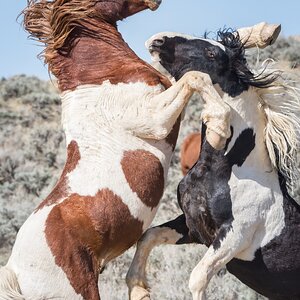

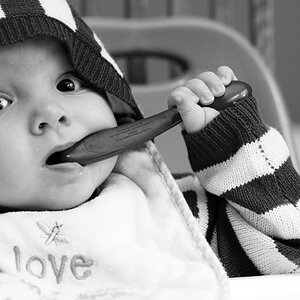
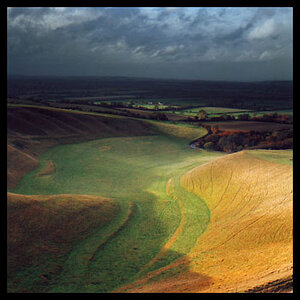
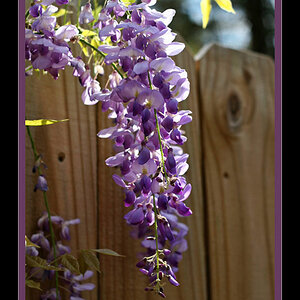
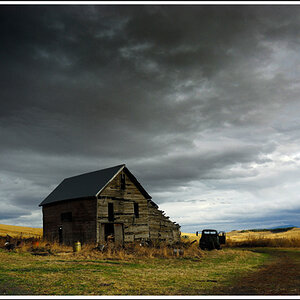
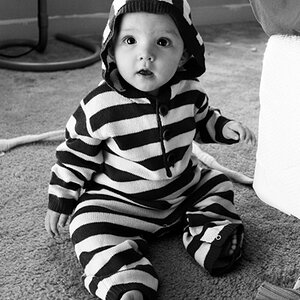
![[No title]](/data/xfmg/thumbnail/38/38264-552eb428d8a704186dcc43400f417d0f.jpg?1619738548)
